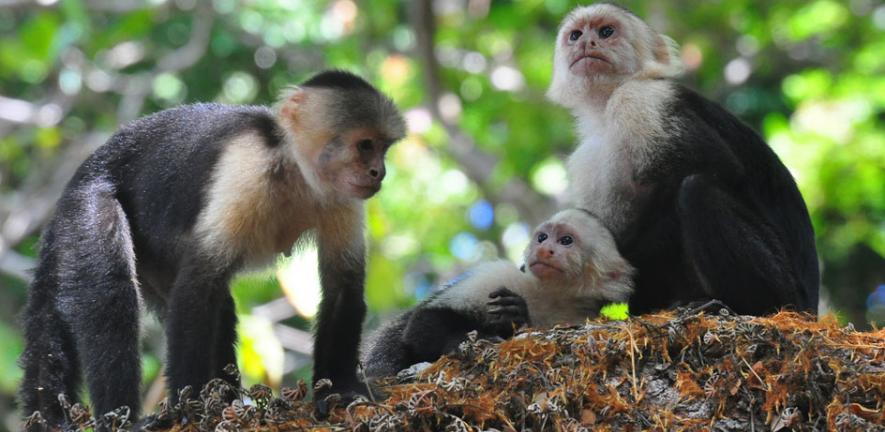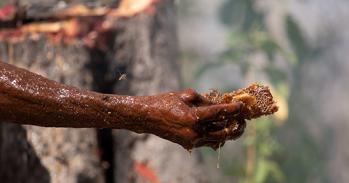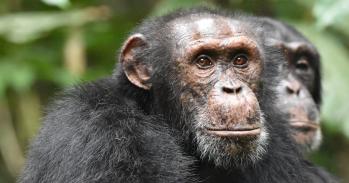
Ground-breaking discoveries by two Cambridge researchers have placed monkey behaviour closer to humans than had previously been thought. Dr Antonio Moura and Paco Bertolani, both in the Department of Biological Anthropology, have uncovered previously unseen behaviour that could have implications for understanding human evolution.
Ground-breaking discoveries by two Cambridge researchers have placed monkey behaviour closer to humans than had previously been thought. Dr Antonio Moura and Paco Bertolani, both in the Department of Biological Anthropology, have uncovered previously unseen behaviour that could have implications for understanding human evolution.
The diverse tool technology of capuchin monkeys living in Caatinga suggests the payoff of social learning is higher in extreme habitats
Dr Moura
Dr Moura’s research takes him to the Caatinga dry forest of the Serra da Capivara National park, in the Piaui state of north-east Brazil, where he documents the behaviour of capuchin monkeys. Capuchins use stones for digging and foraging. His recent observations show that they also use stones as a signalling device to ward off potential predators.
The discovery came when he noticed that on his approach the monkeys would search for a suitable loose stone before using it to hit the surface of a rock. The stone banging appears to be an aggressive reaction to the perceived presence of a predator. ‘They would seem to be communicating the danger to one another at the same time,’ explains Dr Moura.
Crucially, as Dr Moura could find no environmental influence for developing this skill, stone banging appears to be an acquired skill learned by observing and replicating one another – the first evidence of material culture in capuchin monkeys. ‘The diverse tool technology of capuchin monkeys living in Caatinga suggests the payoff of social learning is higher in extreme habitats,’ speculates Dr Moura.
A similar tale is unfolding in Fongoli, Senegal – a hot and dry area of savannah thought to be similar to the East-African Rift Valley paleo-environment where human evolution took place. Here, Paco Bertolani has discovered a group of chimpanzees fashioning spears from wooden sticks and using them to hunt small mammals.
‘This is the first report of hunting with tools by non-humans. Traditionally, the hunting of vertebrates with tools was considered a uniquely human trait,’ explains Paco Bertolani.
As with the capuchin monkeys, although the use of tools has previously been observed in chimpanzees, this new pattern of habitual tool use in a hunting context is the first report in non-human primates.
In a further twist to the tale, the spear-using chimpanzees were predominantly female and young. ‘In modern chimpanzees, hunting was previously thought to be a male activity, in the same way it was assumed to be in extinct members of human lineage,’ says Paco Bertolani.
What can these studies tell us about our human ancestors? Dr Moura’s evidence that monkeys can learn skills from each other, in the same manner as humans, suggests an element of human-like culture in capuchins. Paco Bertolani speculates that the manufacture and use of spears may have arisen to exploit a different resource, perhaps echoing a similar step taken by our own ancestors.
For more information, please contact Dr Antonio Moura (moura_a@yahoo.com) and Paco Bertolani (mpb44@cam.ac.uk).
This work is licensed under a Creative Commons Licence. If you use this content on your site please link back to this page.





